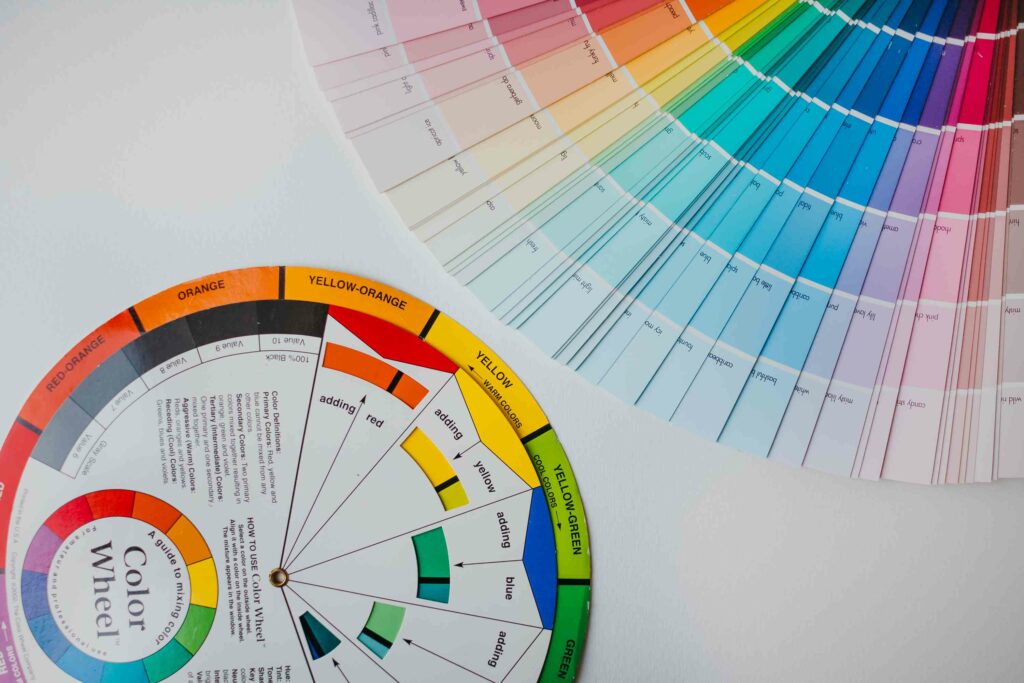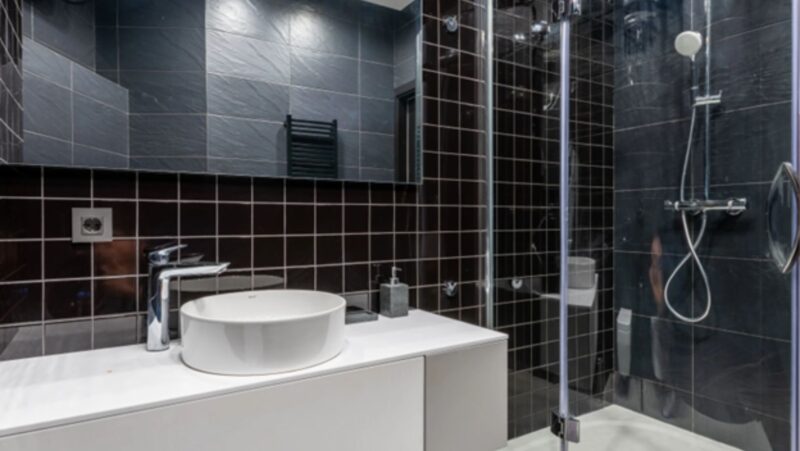
1. Pick a color scheme. Before you start painting, it’s important to decide on a color scheme. This can be based on the existing colors in your home, personal preference, or simply what colors you think will look best. Once you have a color scheme in mind, choosing the actual paint colors will be much easier.
2. Consider the mood you want to create. Each color has its own unique qualities that can create different moods in a room. For example, yellow is often associated with happiness, while blue can be calming and soothing. decide what type of atmosphere you want to create in each room before choosing your paint colors.
3. Ge the right type of paint. Not all paint is created equal, and there are different types that are better suited for different rooms and surfaces. For example, eggshell or semi-gloss finishes are often used in kitchens and bathrooms because they’re easy to clean. On the other hand, matte finishes are a good choice for living rooms and bedrooms because they’re more forgiving when it comes to imperfections.
4. Test the paint colors. Once you’ve narrowed down your choices, it’s time to test them out. Paint sample boards or squares on the wall to see how the color looks in the space and how it changes throughout the day.
Can you use interior paint outside
Interior paint can be used outside, but it won’t last as long as exterior paint. It’s also important to choose a paint that’s specifically designed for outdoor use. Otherwise, you may find that it doesn’t adhere well to the surface or that it chips and peels easily.
The psychology of color and how it can affect your mood
Color can definitely affect your mood. For example, warm colors like red and orange can make you feel energized and excited, while cool colors like blue and green can be calming and relaxing. That said, everyone reacts to color differently, so it’s important to choose a shade that you personally enjoy.
These are just a few tips to keep in mind when choosing interior paint colors. With so many options available, it can be overwhelming, but if you take the time to narrow down your choices and consider what you want to achieve, the process will be much easier. And don’t forget to test the paint colors before making a final decision
How to choose the right color for your home
When it comes to choosing a color for your home, there are a few things you need to take into consideration. First, think about the overall feeling you want to create in each room. Warm colors such as red and orange can make a space feel more intimate and inviting, while cool colors like blue and green can help rooms feel more spacious and serene.You should also consider the amount of natural light each room gets, as this can impact how the color looks with wallartt.co.uk. If you’re unsure of what to choose, it’s always a good idea to test out a few colors before making a final decision.
Choose the right type of
Not all paint is created equal, and there are different types that are better suited for different rooms and surfaces. For example, eggshell or semi-gloss finishes are often used in kitchens and bathrooms because they’re easy to clean. On the other hand, matte finishes are a good choice for living rooms and bedrooms because they’re more forgiving when it comes to imperfections.
When it comes to choosing a color for your home, there are a few things you need to take into consideration. First, think about the overall feeling you want to create in each room. Warm colors such as red and orange can make a space feel more intimate and inviting, while cool colors like blue and green can help rooms feel more spacious and serene. You should also consider the amount of natural light each room gets, as this can impact how the color looks.
Ideas for accent walls and using different colors in different rooms
Accent walls are a great way to add a pop of color to a room without overwhelming it. When choosing an accent wall color, consider the other colors in the room and how they’ll work together. You can also use different colors in different rooms to create a cohesive look throughout your home. For example, you might use warm tones in the living room and cooler tones in the bedrooms.
As you can see, there are a few things to keep in mind when choosing interior paint colors. With so many options available, it can be overwhelming, but if you take the time to narrow down your choices and consider what you want to achieve, the process will be much easier.












